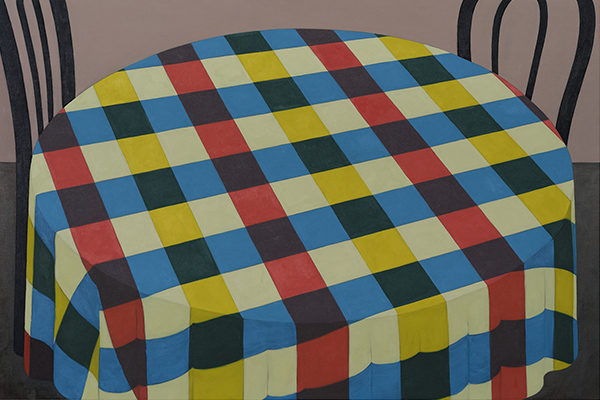
Henni Alftan, Round Table III, 2024, oil on linen, 130×195 cm
Henni Alftan, O de Giotto
at The Box, ENSA Bourges
April 25–June 15, 2025
The Box, ENSA Bourges
7 Rue Edouard Branly
18000 Bourges, France
I first conceived of this project in 2023, when I began teaching at L’École nationale supérieure de Bourges. At this time, Sandra Émonet, director of the university’s La Box, asked me to curate a painting exhibition. In a global context in which figurative painting is hyper-mediated, I wanted to present the singular work of Henni Alftan, an artist whose process defies conventions related to representation and the image.
I would like to briefly situate Henni Alftan’s practice within its own history. One that, today, leads her to say that “a painting is primarily an object hanging on a wall in a space.” In her elaboration of the pictorial, Alftan does not rely exclusively on a direct relationship to a reference image. She primarily speaks to the “object.” Indeed, for the last twenty-odd years, she has approached her work as a painter by first conceiving painted volumes, at times installed in space, at others on the walls. These volumes raise conceptual questions related to the act of seeing. They also echoed the material and semantic depth of the painting-object informed by its entire history, and thus aware that it was also a visible object in reality.
In light of this initial context, it is interesting to note that in her more recent paintings, representations of objects are numerous. One can recognize objects of knowledge, objects of art, objects of time… These representations of significant objects invite possible interpretations akin to those invited by classical iconology, capable of revealing intentions of meaning. This appealing assumption deserves to be questioned if we pay attention to the artist’s choice of title, Stop Making Sense, for her recent exhibition at Karma gallery in New York.
If the representations of objects create compositions with symbolic allures, they also speak to fragile appearances. I’m thinking of the numerous representations of screens, mirrors or glass surfaces in Alftan’s paintings. The visible is blurred, doubled, foggy or sometimes breaks. Objects represented [by Alftan] are often associated with their shadow, or subjected to disappearing effects, like the wheel of a bicycle in Optician (2025), which exceeds as much as is contained by its frame. This is because the format affects the composition by cutting through its edge. In Alftan’s paintings, truncating the image is often a way of
establishing a fictional aspect in the representation of objects or bodies. These cutting effects, which make the visible relative in the painting, also make the reality of the painting all the more vivid.
Henni Alftan interprets this in unmixed hues and gradients, as well as in her brushed surfaces’ subtle and sensitive textures, which range from matte to shiny. A contrast thus arises between the straightforwardness of the forms, the frequent flatness of the colored surfaces that define them, and the absences implied by framing and cropping. A doubt thus arises in the reality of the painted scene.
In Darkness (2024), as she adds color to a surface that we could read as a wall in the back of a space, Alftan extends the hue and its form to the edges of the frame. The edge here acts as a transitional space between the fictive plane of the painting’s two-dimensional surface and the real space of the wall on which it is hung. Moreover, as we have seen, the shape of the objects that structure the composition can be interrupted by the border of the painting. Although this is a detail, it is significant precisely because it is indicative of the artist’s playful relationship with her medium and with the ambiguous pictorial object that is the canvas. This play disrupts the very meaning of what is seen—the image—in favor of painting. Of course, each painting is an image, and to make each painting, Henni Alftan uses a sketch to determine the structure of the image in the composition. Yet, surprisingly, Alftan indicates that, before the painting, and even before the sketch, a sentence or word will inspire her choice of subject. The artist’s work places a strong emphasis on language, on translation and the meaning of words. This speaks to her attentiveness to the recognizability and intelligibility of each painted form, akin to a Platonic ideal that would hold the value of the idea of the object. From the initial idea, the words to the painted object, each work is conceived as a project of alignment between something intellectually conceived and its visible state, metaphorized by the medium of painting.
The title of the exhibition, O de Giotto, is perhaps an opportunity for the artist to assert her admiration for another artist. But it also marks the graphic coherence between the pictorial form and the symbolic significations that structure the act of painting. The interpretive possibilities of the O are rich. The letter holds symbolic value as a sign that refers to the painter “Giotto,” but also as the one who holds the gaze. The letter is also an open form on a void, which the
imagination could fill up. Perceived as a circle, this O is also what guides the formal choices behind several paintings in this exhibition. A round table in Round Table III, a target in Aim, a neon sign in the shape of glasses in Optician, an earring in Earring, or the almost-complete letter O in BIC.
Among these works, the one that stays particularly in my mind is the small-format Earring (2024), which depicts its titular subject. It shows a human ear wearing a golden earring. There is the painting, a body part, the representation of the jewelry and the shadow it casts on the figure’s skin. All of this seems to point to something that escapes the immediately visible. Of course, it is about seeing and the jewelry and the painting. But it is also about truly understanding the stakes of painting. It is a discipline that the artist imposes on themself. This painting depicts a part of the body, one that is open to the outside: it is an ear, an orifice. While the painting foregrounds the earring, the upper edge reveals a simplified description of what is referred to as the conch of the ear. Above the lobe, in this informal hollow, like a navel, the O of Giotto, which conveys the general intention of the exhibition finds its visual coherence in both meaning and form.
– Nicolas Tourre
Read more here
Permalink
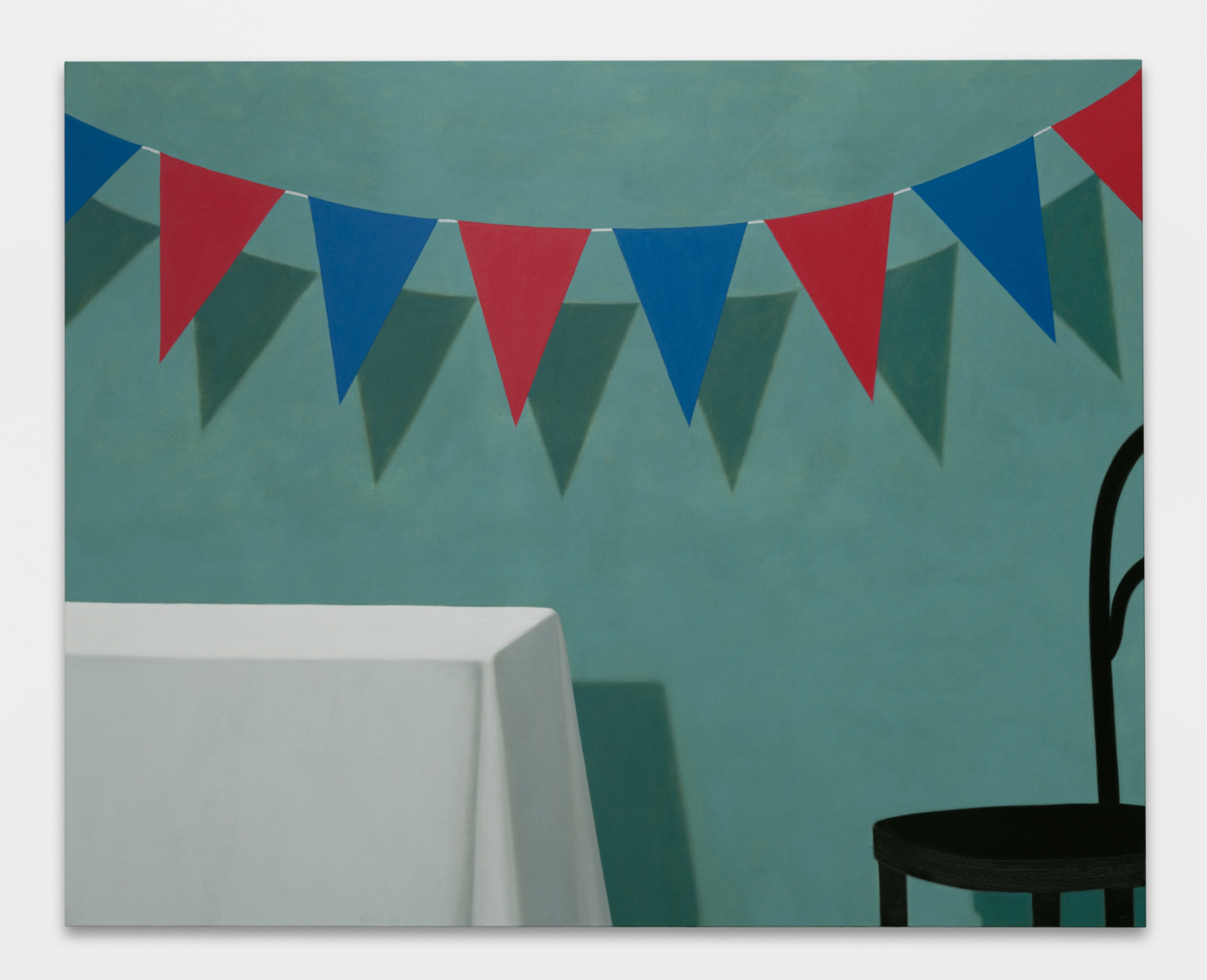
Henni Alftan, Birthday, 2022, oil on canvas, 51⅛ × 63¾ inches; 130 × 162 cm
A Conversation between Henni Alftan and Lauren Mackler
Wednesday, April 19th, 11am PST / 2pm EST
on Zoom
On the occasion of the exhibition Henni Alftan, Visitor, Karma is pleased to present a conversation between the artist Henni Alftan and curator Lauren Mackler.
The exhibition is Alftan’s first in Los Angeles and extends from ongoing investigations into the construction of image and narrative sequence. She utilizes the constituent elements of painting—color, line, texture, shape, composition—to create complex tableaux out of restrained gestures.
Read more and register HERE
Permalink
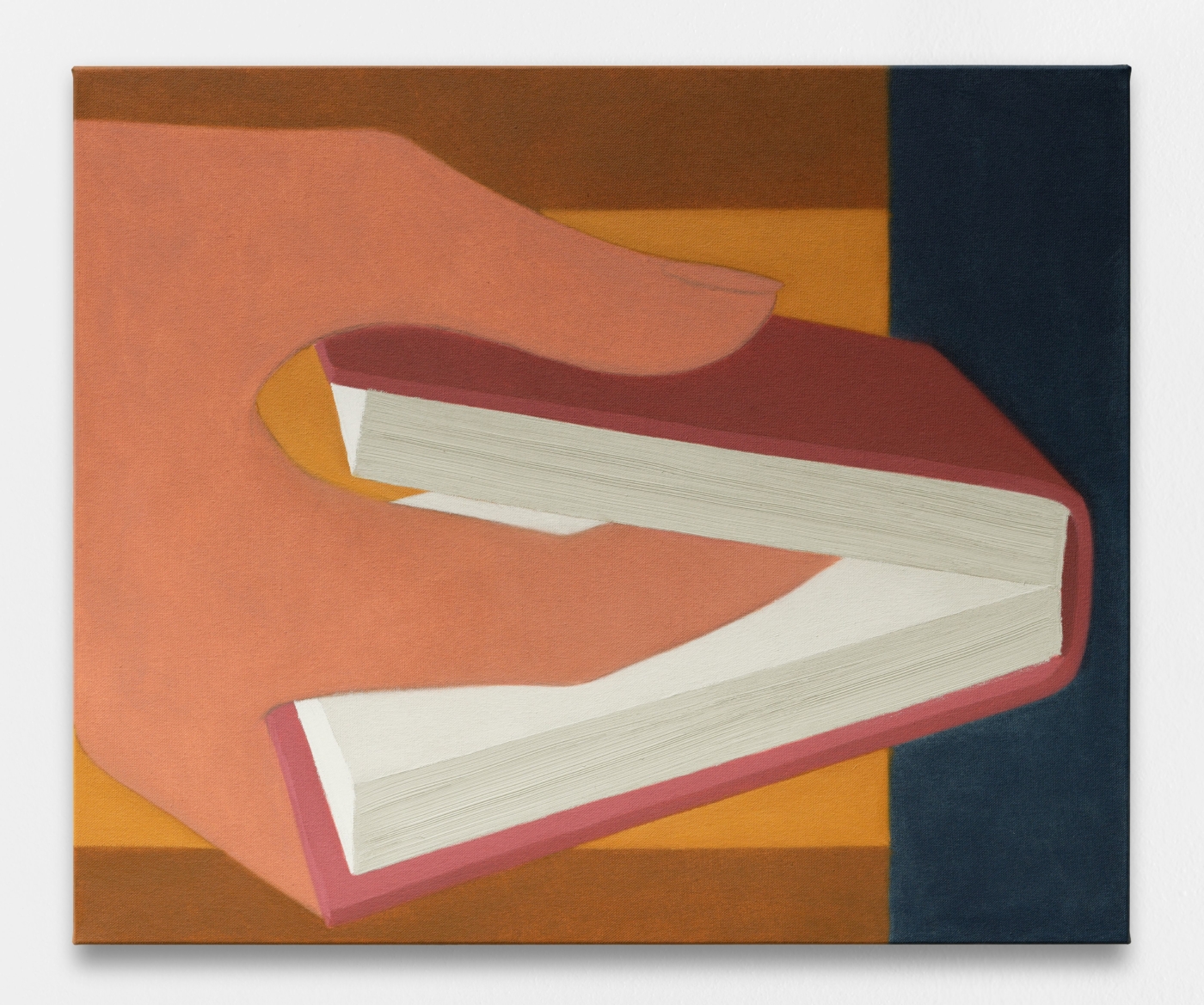
Henni Alftan, Novel, 2022, oil on canvas, 21¼ × 25⅝ inches; 54 × 65 cm, Courtesy of the artist, Perrotin and Karma
Henni Alftan in Finger Bang
at Perrotin, Paris
September 3—21, 2022
76 rue de Turenne
75003 Paris
Finger Bang, curated by sculptor Genesis Belanger and painter GaHee Park, surveys the work of 22 living artists who depict fingers and hands to various ends and effects. The results are wide-ranging but all can agree that the hand remains an area to be mined for psychological, sexual, and political meanings. Much of the work in the exhibition is of a surrealist bent and, in keeping with that, bodily imagery pervades. Fingers and hands appear where they shouldn’t be, often severed or separate from their host body.
Read more HERE
Permalink
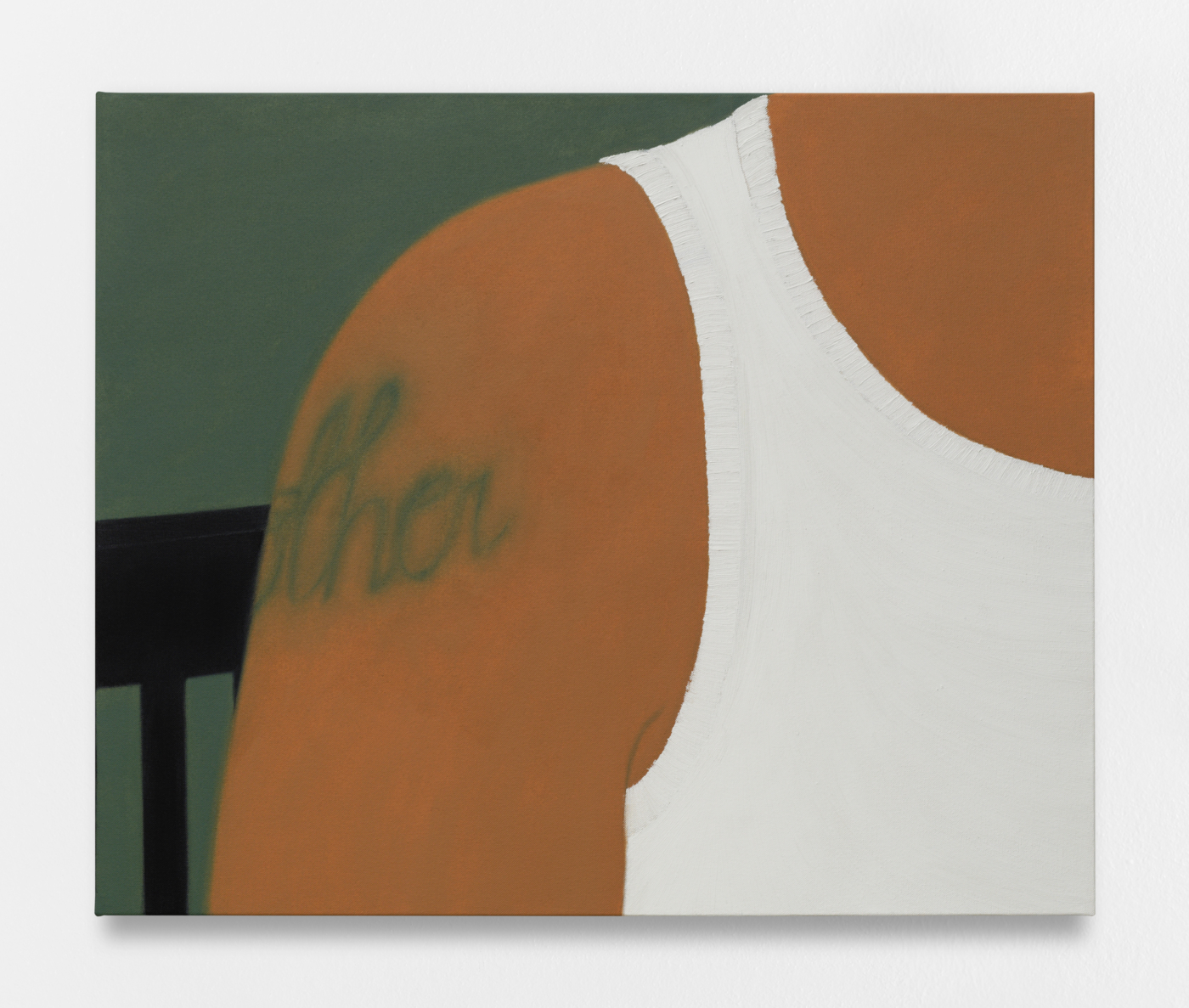
Henni Alftan, Mother, 2021, oil on canvas, 23⅝ × 28¾ inches; 60 × 73 cm
Henni Alftan, Contour
at Sprüth Magers, London
June 10 — July 30, 2022
7A Grafton Street
London, W1S 4EJ
The exhibition by Henni Alftan is the artist’s first solo show at Sprüth Magers in London presenting new paintings that give a comprehensive insight into her artistic oeuvre.
Read more HERE
Permalink
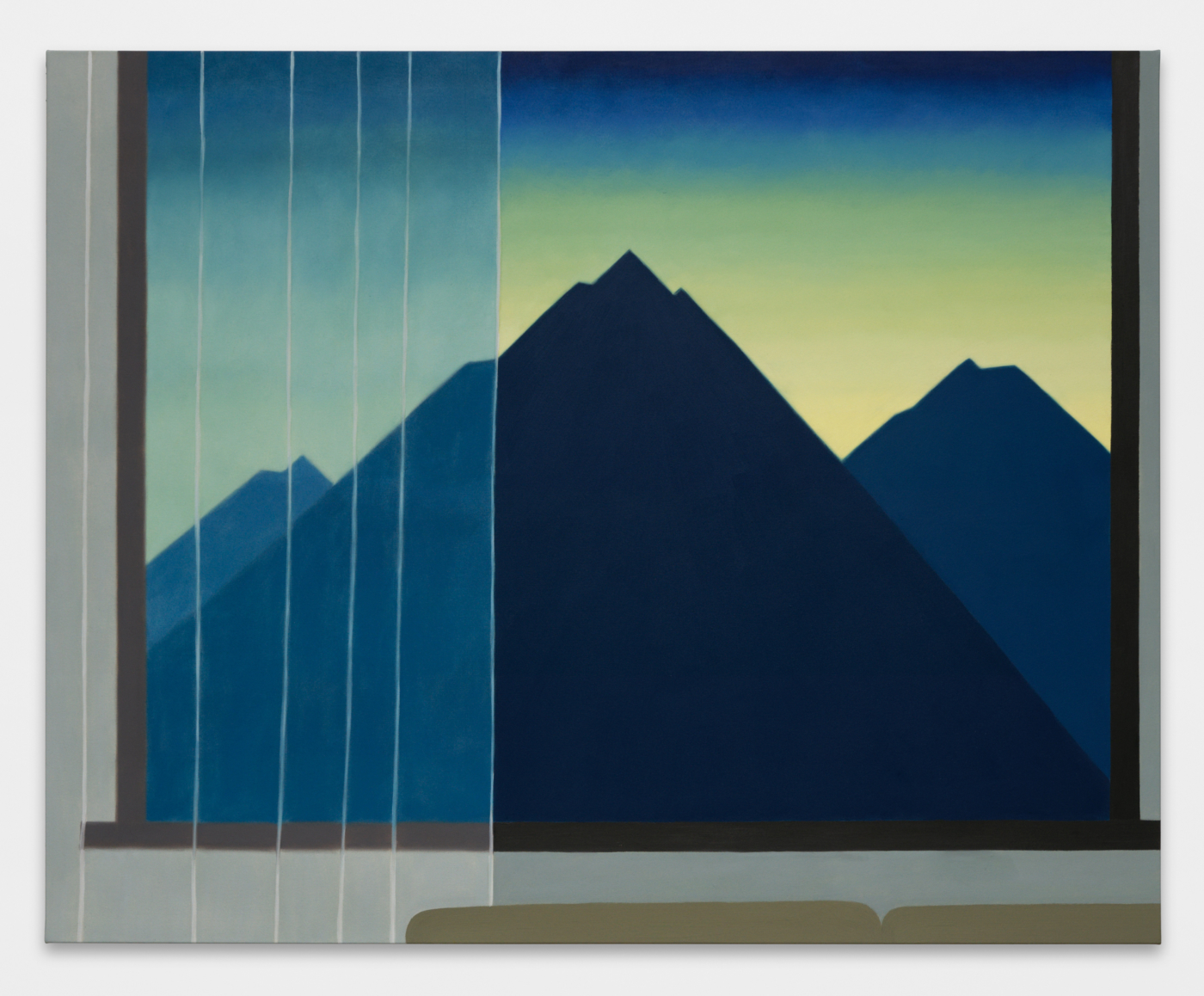
Henni Alftan, Mountain View, 2022, oil on canvas, 51 1⁄8 × 63 3⁄4 inches (130 × 162 cm) © 2022 Artists Rights Society (ARS), New York / ADAGP, Paris. Courtesy the artist and Karma, New York.
Henni Alftan, Ann Craven, Nicolas Party, and Matthew Wong in “UNNATURAL NATURE: POST-POP LANDSCAPES” Group Show
at Acquavella Galleries
April 15–May 25, 2022 in Palm Beach / April 21–June 10, 2022 in New York
8 East 79th Street
New York, NY 10075
340 Royal Poinciana Way, Suite M309
Palm Beach, FL 33480
Curated by Todd Bradway Featuring paintings by Henni Alftan, Hurvin Anderson, Gideon Appah, Jules de Balincourt, Hayley Barker, Adrian Berg, Jennifer Coates, Ann Craven, Lois Dodd, Maureen Gallace, Sky Glabush, Isca Greenfield-Sanders, Daniel Heidkamp, David Hockney, Yvonne Jacquette, Jon Joanis, Yuka Kashihara, Alex Katz, Makiko Kudo, Patricia Leite, John McAllister, William Monk, Laurie Nye, Nicolas Party, Lisa Sanditz, Wayne Thiebaud, Nicole Wittenberg, and Matthew Wong.
Read more HERE
Permalink
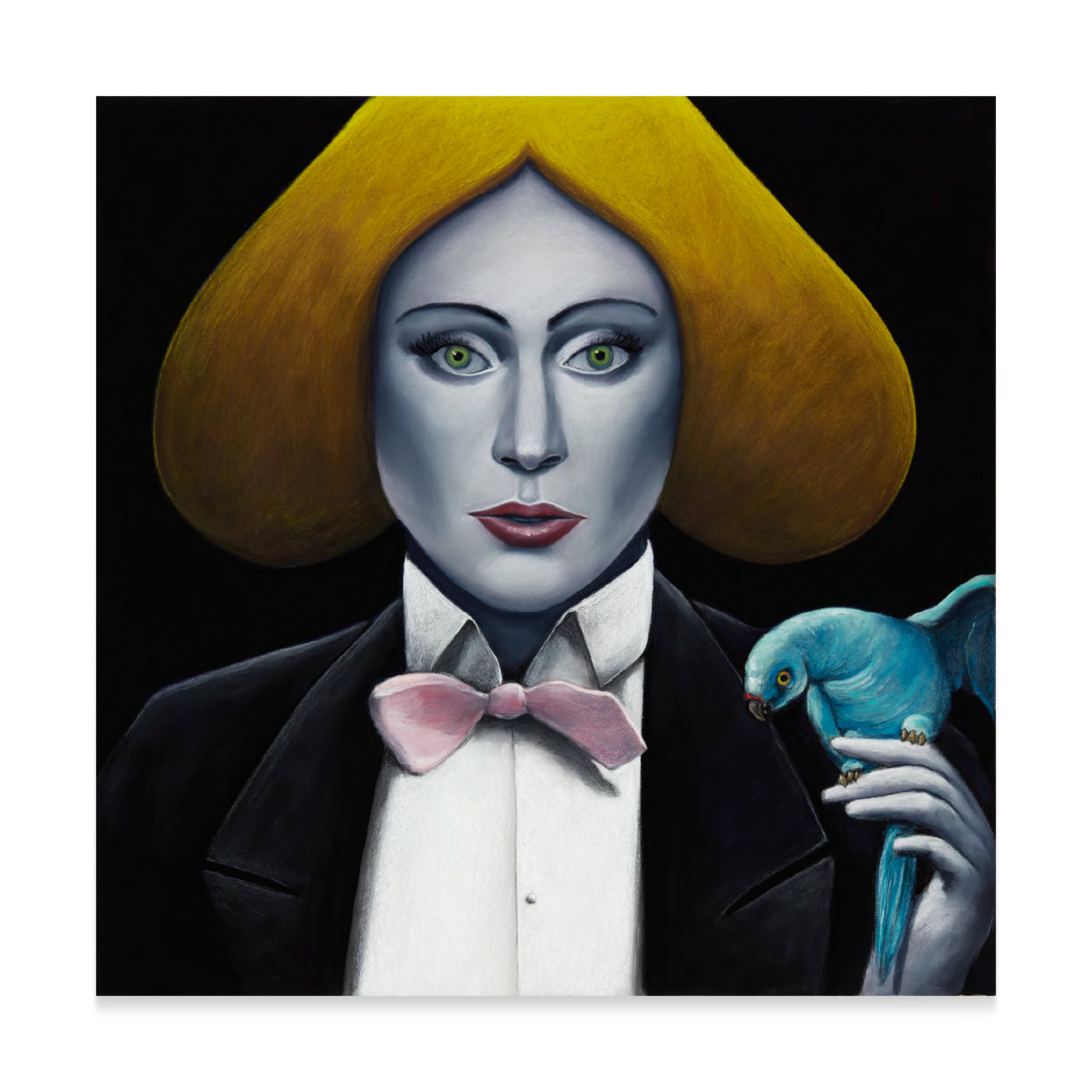
Nicolas Party, Portrait with a Parrot, 2021, soft pastel on pastel card, 23⅝ × 23⅝ inches; 60 × 60 cm
Artists play a role in defining an era, capturing its mood and energy through beat or brushstroke. Artists Inspired by Music: Interscope Reimagined brings together an intergenerational group of visual artists including Cecily Brown, Lauren Halsey, Rashid Johnson, Takashi Murakami, and Ed Ruscha into dialogue with iconic musicians from the last three decades including Dr. Dre, Billie Eilish, Kendrick Lamar, Nine Inch Nails, and Lady Gaga.
To mark the 30th anniversary of Interscope Records, co-founder Jimmy Iovine, current chairman John Janick, vice chairman Steve Berman, and music executive Josh Abraham revisited the label’s history of groundbreaking music through the lens of visual art, an idea that was sparked by label partner Justin Lubliner. They invited artists to select albums and songs from Interscope’s catalogue and fostered exchanges with musicians to generate resonant pairings. The exhibition includes over 50 works, providing a fresh perspective on influential music for the present moment.
Read more HERE
Permalink
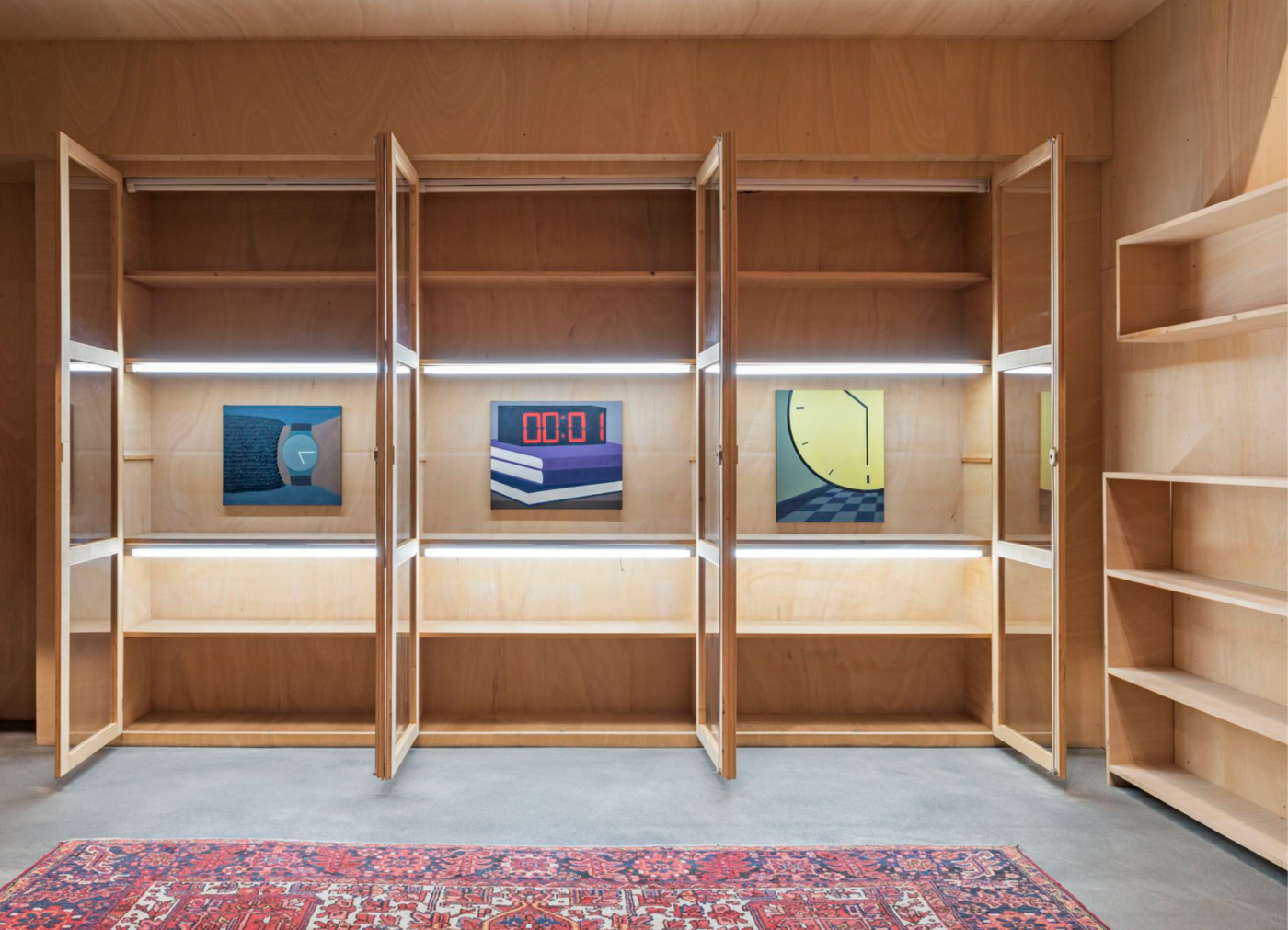
Installation views by Ingo Kniest
Henni Alftan: Night-time
17 September 2021 to 30 October 2021
Sprüth Magers
Oranienburger Strasse 18
Berlin
10178
Germany
Monika Sprüth and Philomene Magers are pleased to present a solo exhibition by Henni Alftan as part of this year’s Gallery Weekend *Discoveries. Titled Night-time, the Sprüth Magers Window presentation features ten new works by the Paris-based artist. This exhibition format is visible from the street and is particularly effective after dark, when the wood-paneled walls of the intimate-looking space are bathed in a warm light that fuses reality with the world of Alftan’s pictures.
Read more HERE
Permalink

Henni Alftan, The Shower, 2021, oil on canvas, 32 × 25⅝ inches; 81.3 × 65.1 cm
Fragmented Bodies III
September 9—October 1, 2021
albertz benda, New York
albertz benda is excited to present the final installment of Fragmented Bodies, a series of three comprehensive group shows that examines the ways in which the accelerated visual culture of the past five decades has influenced depictions of the human form.
Prior installments of the Fragmented Bodies series considered a timeline of self-narratives and the commoditization of imagery through the prism of the digital lens. Fragmented Bodies III: Figuring Renewal presents a counterpoint, bringing together a range of artists whose work manipulates and re-contextualizes the body through a combination of private and cultural symbols to reflect a reinvention or metamorphosis of the self.
Spanning painting, sculpture, and drawing, the works in these exhibitions reflect the impact that navigating our hyper-accelerated world has had on representation. The artists included in the Fragmented Bodies series bear witness to a period of increased awareness of how we construct our identities and structure our relationship with our own bodies. Brought together, these depictions of the human form suggest the emergence of an evolving visual vocabulary that responds to our over-stimulated consciousness.
These exhibitions could not have been realized without the support of many esteemed colleagues and galleries from around the globe.
Read more HERE
Permalink
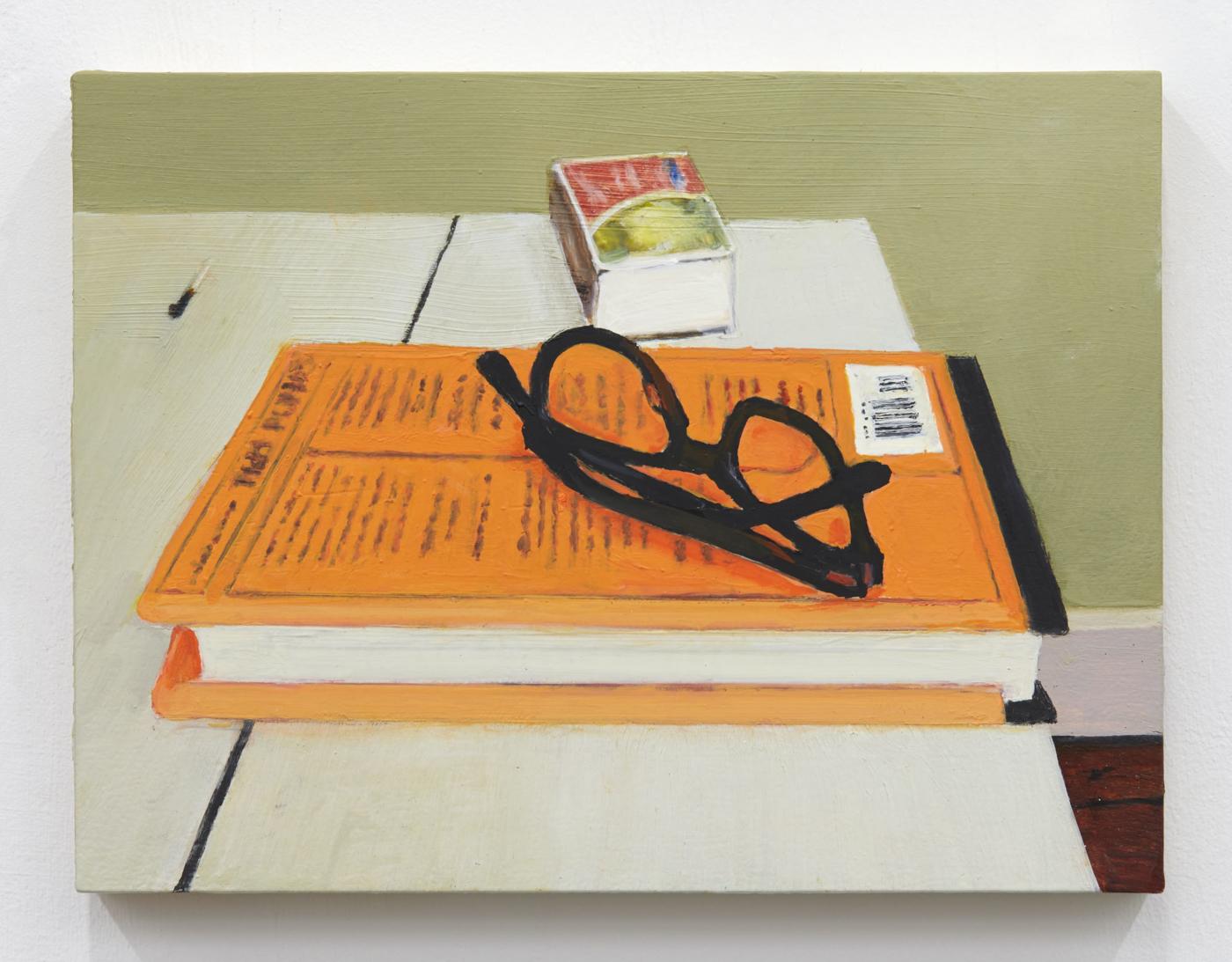
Dike Blair,Untitled, 2020, oil on panel, 7 1⁄2 × 10 inches; 19 × 25.4 cm
Henni Alftan & Dike Blair
Karma × VSF Zoom Walkthrough
with Henni Alftan, Dike Blair, and Linda Norden
Friday, December 4, 6PM EST / 3PM PST
Saturday, December 5, 12AM CET / 8AM KST
Registration required. Register for the Zoom Walkthrough here.
Permalink
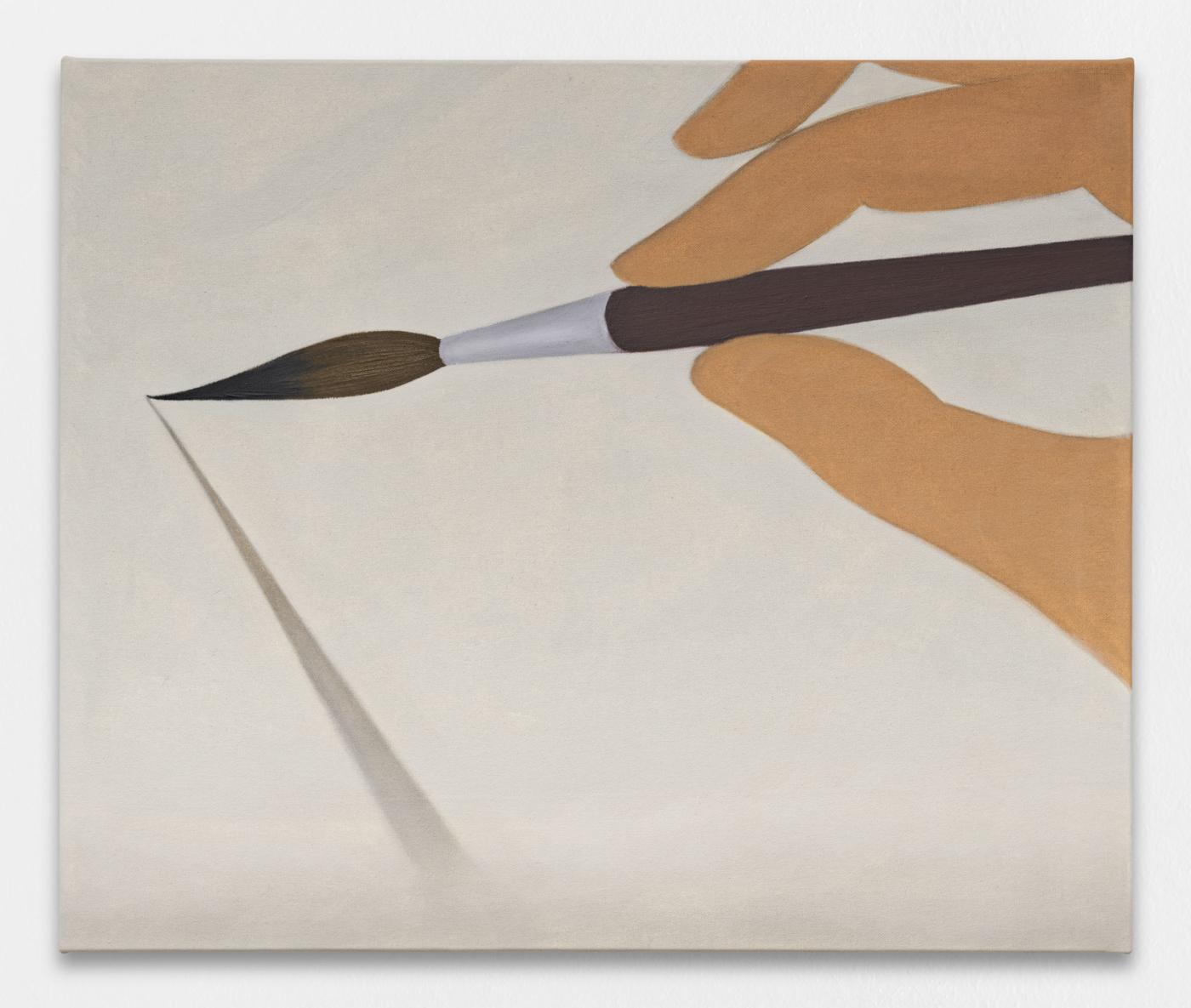
Henni Alftan, Precision, 2020, oil on canvas, 21 1⁄4 × 25 1⁄2 inches; 54 × 65 cm
Henni Alftan & Dike Blair
Karma × VSF
Opening November 28, 2020
Various Small Fires
79 Dokseodang-ro, Hannam-dong
Yongsan-gu, Seoul, South Korea
http://www.vsf.la/seoul/
Various Small Fires is pleased to present a two-person exhibition with Henni Alftan and Dike Blair in collaboration with Karma, NY in its Seoul location.
Featuring six new paintings by each artist, the work of Alftan and Blair negotiates the pure rendering of an image and the conceptual grounding behind a painting’s creation. Their explorations of the everyday share a similar focus on small, simple moments, and offer unassuming scenes without commentary: a delicately folded scarf, a hand in a coat pocket, a bowl of Cheez-It crackers. Yet both their practices are also strongly tied to notions of process; their preparative stages cross over into different mediums and methods. Alftan’s paintings begin as a text description of the subject she has in mind, from which she synthesizes a visual plan. Blair’s pieces start as photographs taken by the artist, who uses them as other painters would use a preliminary sketch. The resulting works are translations, both from one medium to another and from the realm of life into that of the picture.
The focus on the artistic process itself is explicitly incorporated in Precision (2020). Self-conscious in its subject matter, the work’s depiction of a paint brush, hand, and surface recall the action that birthed it. As Alftan states: “small perceptions of the everyday will merge with reflections on looking, painting and image making: the motif of my works is equally painting itself, its history, the paint as a physical substance, the tableau as an object.” Her dimensional handling of her medium further alludes to the visual deception that is representational painting; her brush work faintly recalls the fine grain wood of the paint brush handle. Alftan’s livening of her surface through variations in texture breaks the pictorial illusion, and invites the viewer to consider her work as examinations of the qualities of paint itself. As Elizabeth Buhe states, “Rather than pulling the onlooker into illusionistic space, the paintings project into lived space.”
Precision also introduces the formal elements that characterize Alftan’s oeuvre. The picture closely focuses on an action, heightened and made tense by the framing. Her work is visually defined by cinematic cropping and simplified forms; their unusual perspectives imbue even the smallest moments with a sense of gravity. Pockets and coats play with notions of concealment and exposure: a hand is hidden inside plaid folds, a collar is upturned to obscure the bottom of a carefully cropped face. Other elements resemble static freeze frames: scissors are held open in mid motion, and papers, lifted by the wind, are unnaturally frozen while falling through space.
On the other hand, Blair creates images that, while meticulously constructed, appear candid. He fuses the visual language of the quick snapshot with the laborious, careful study of figurative painting. The outcome is equally diaristic and cerebral; while paintings are understood as fiction, photographs imply fact. Blair manipulates the way his materials signify, contending with their respective historical legacies. His slow, painterly consideration of quickly documented subjects further creates an air of nostalgia, reflection, and wistfulness. The beauty of the everyday is laid bare, and documented with sincerity.
As Helen Molesworth states, Blair’s paintings log “the intensity of human habit.” Half eaten food, a used match, a lighter casually laying on the table—the work evokes universal memories. An open door, bright and blurred against a dark room, prompts a recollection of squinting, bleary eyes. Lenses folded on top of a book echo the routine of wearing and removing reading glasses. Traces of human activity can be read throughout Blair’s oeuvre, with the appearance of flash further alluding to the artist’s layered process. The result is at once new and familiar, personal and collective, and a reminder of the beauty of deliberate, close looking.
The exhibition will be accompanied by a fully-illustrated publication featuring a newly commissioned essay by Linda Norden.
_____
Henni Alftan (b. 1979) is represented in the public collections of the Helsinki Art Museum, Helsinki; Amos Anderson Art Museum, Helsinki; Hammer Museum, Los Angeles; Dallas Museum of Art, Dallas; JNBY Art Center, Shanghai; and the Kuntsi Museum of Modern Art, Vaasa; among others. Recent exhibitions include Karma, New York (2020); Studiolo, Milan (2019); TM-Galleria, Helsinki (2018); and Z Gallery Arts, Vancouver (2017).
Dike Blair (b. 1952) is featured in the collections of the Whitney Museum, New York; Brooklyn Museum, New York; Los Angeles County Museum of Art, Los Angeles; and the Museum of Contemporary Art Los Angeles, among others. Recent solo exhibitions include The Modern Institute, Glasgow (2019); Karma, New York (2018); Frieze, New York (2018); Secession, Vienna (2016); and Jüergen Becker Gallery, Hamburg (2016).
Permalink
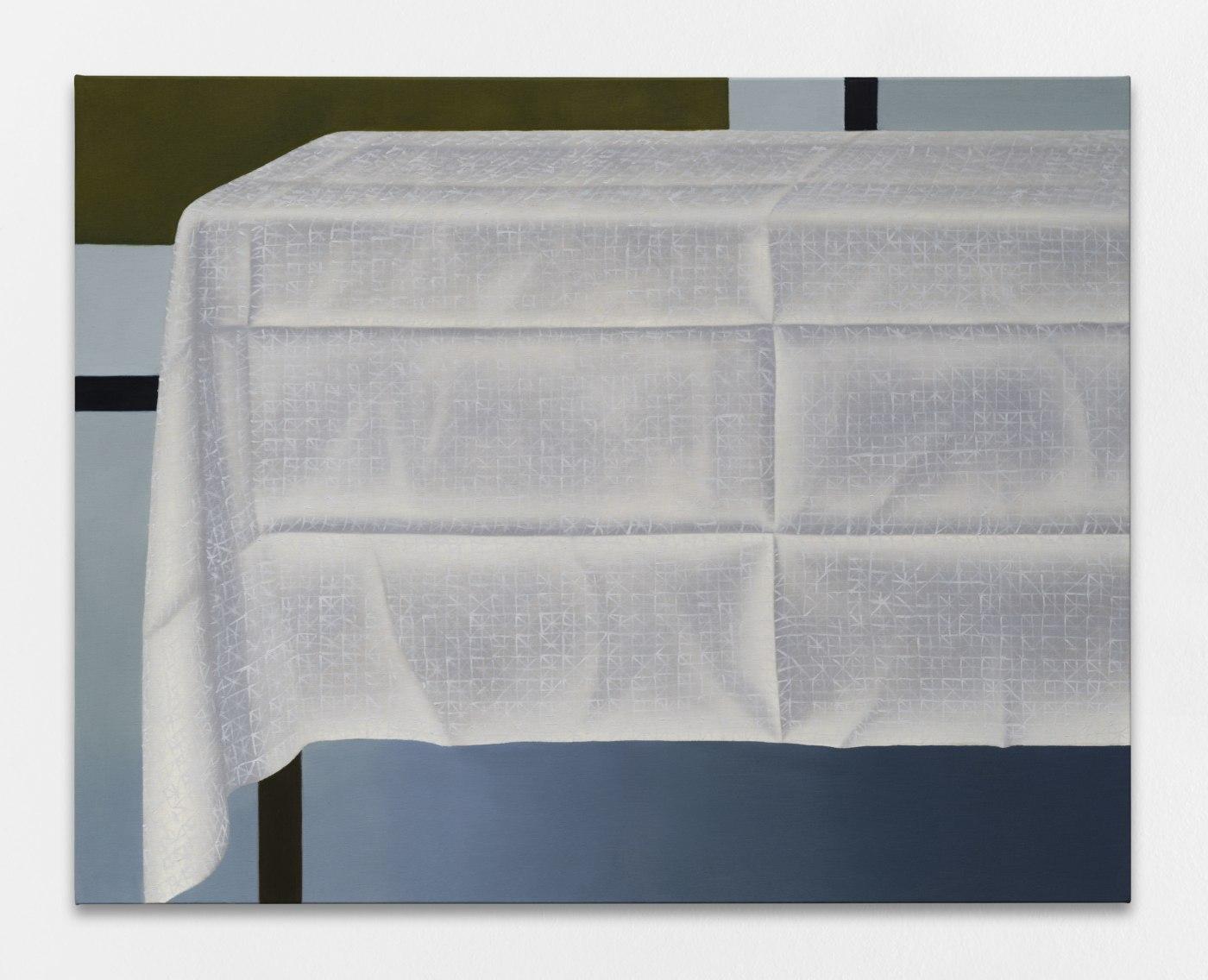
Henni Alftan, Heirloom, 2020, oil on canvas,
35 × 45 ¾ inches; 89 × 116 cm
Henni Alftan in Gennariello (part II)
July 30—September 19, 2020
Balice Hertling
balicehertling.com
Gennarieollo (part II) is curated by Daniele Balice with Farah Al Qasimi, Henni Alftan, Alex Ayed, Jonathan Binet, Camille Blatrix, Dennis Cooper, Isabelle Cornaro, Enzo Cucchi, Simone Fattal, Owen Fu, Mario Giacomelli, Rafik Greiss, Thomas Jeppe, Kayode Ojo, Honyan Ren, Jackson Shelby, Shabahang Tayyari
“Gennariello” is a series of letters Pier Paolo Pasolini wrote for publication in the newspaper Corriere della Sera between March and October 1975, shortly before his murder that November. The letters are addressed to an imaginary student named Gennariello, a young boy from Naples. Writing as a teacher to his pupil, Pasolini employed this metaphoric stratagem to develop his analysis of various themes, including semiology, politics, aesthetics and sexuality.
The inspiration for this group show at Balice Hertling is the work of Pasolini, particularly the topics raised in “Gennariello”: the pedagogical influence of objects (“the discourse of things”) and their linguistic power, intellectuals’ cynical acceptation of history, the conformism of modern society, and the irreversible damages provoked by progress.
Permalink